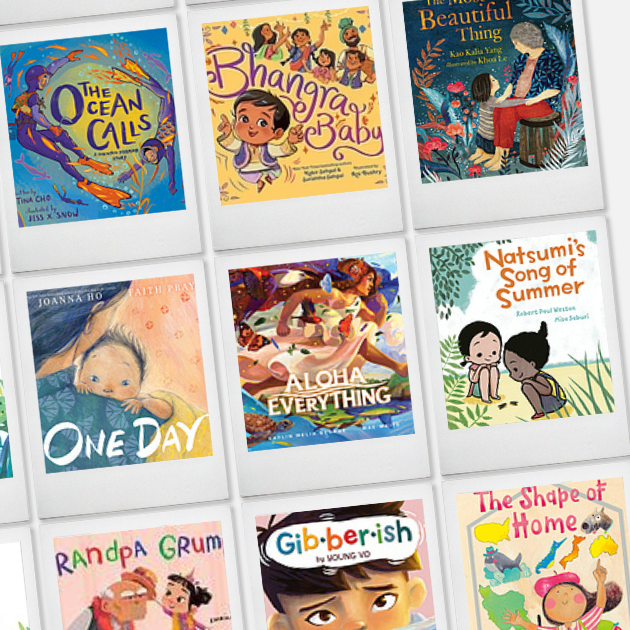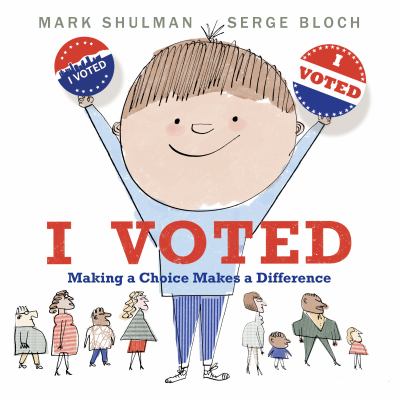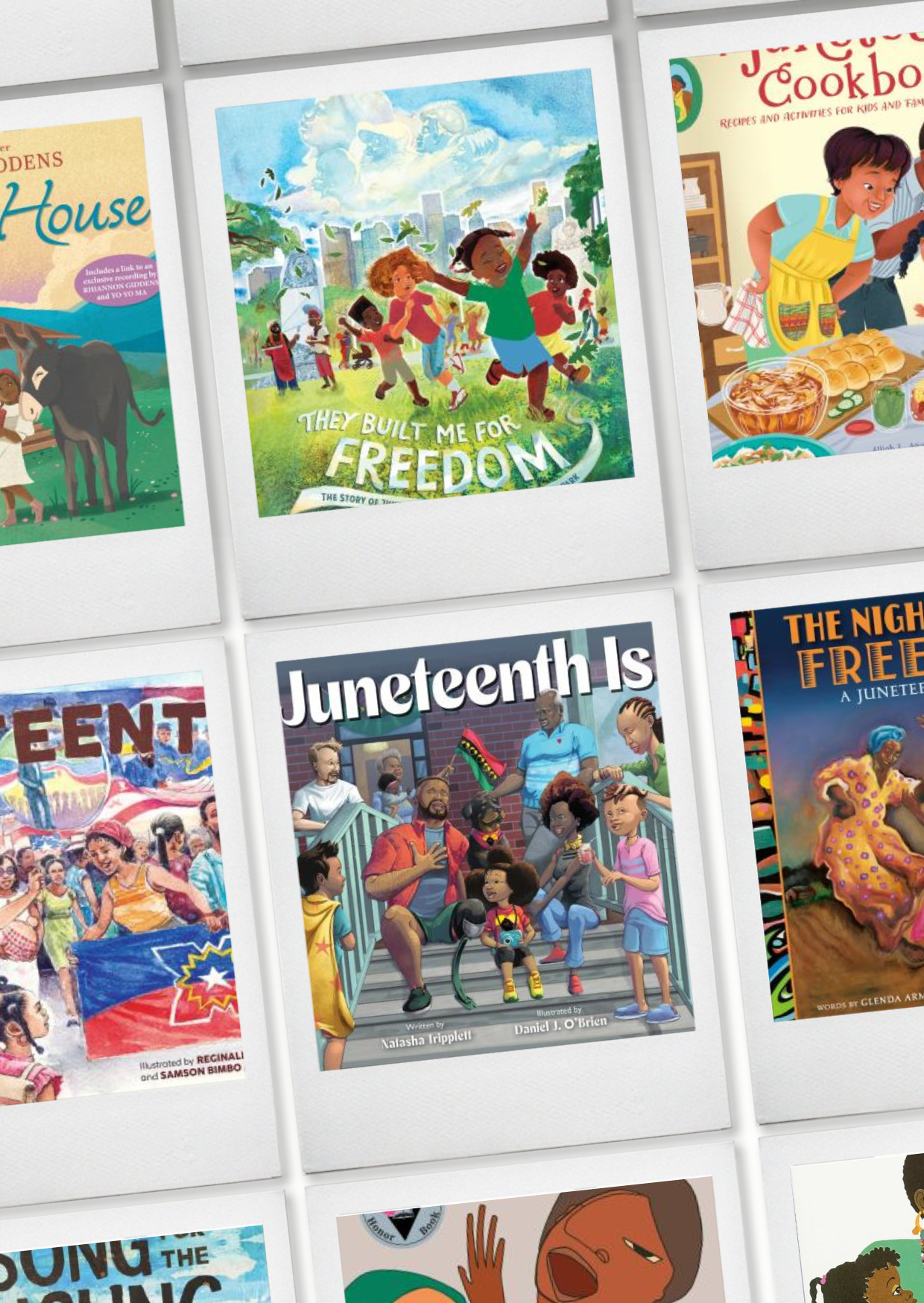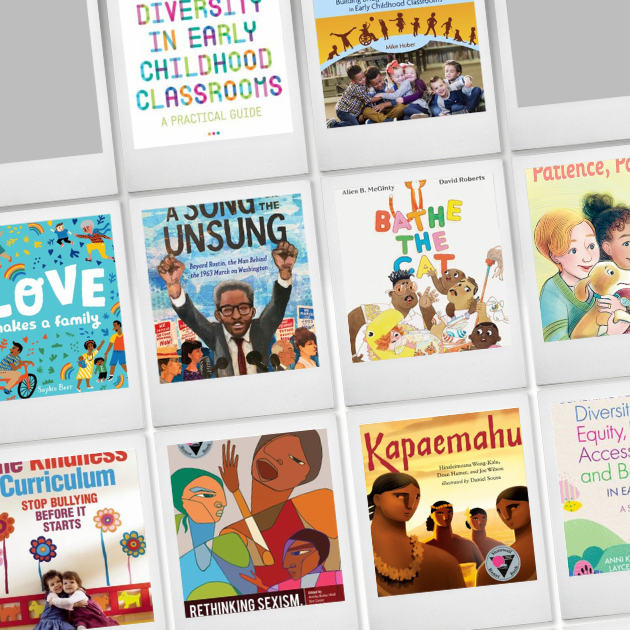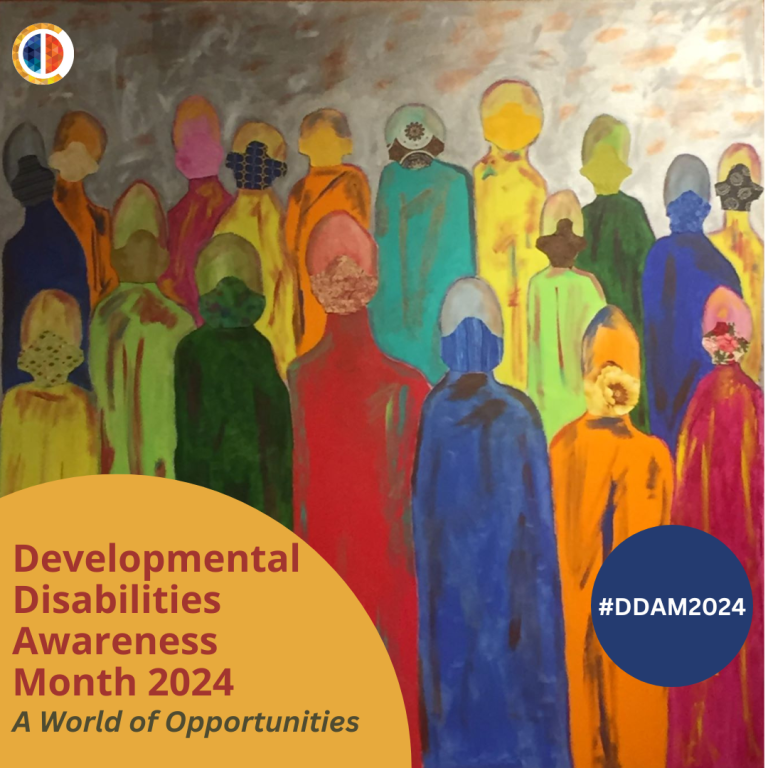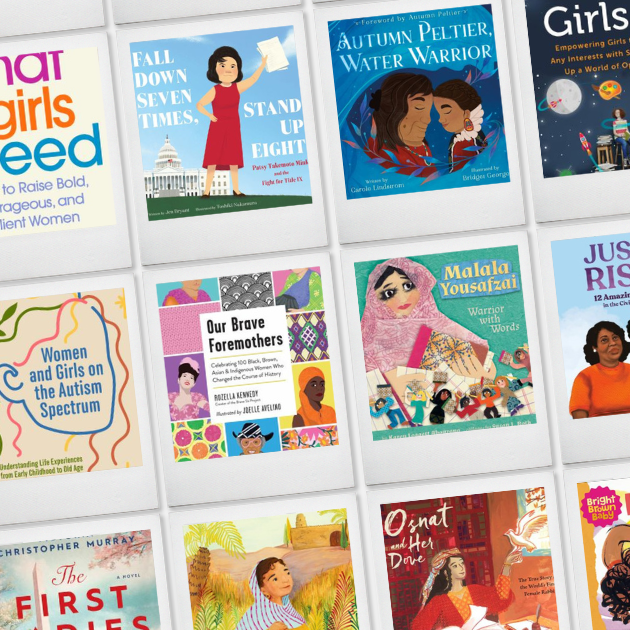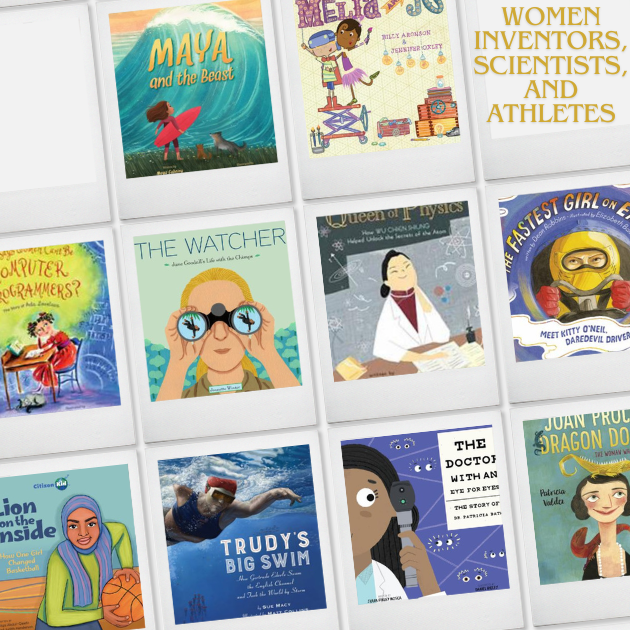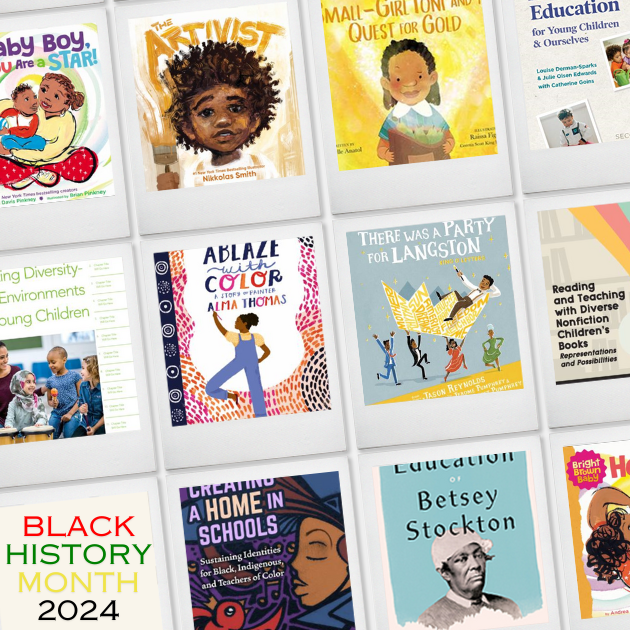May is here and so is Asian American and Native Hawaiian/Pacific Islander Heritage Month! Below, you’ll find 10 fresh titles to explore all month long and for years to come.
May is Asian/Pacific American Heritage Month – a celebration of Asians and Pacific Islanders in the United States. The month of May was chosen to commemorate the immigration of the first Japanese to the United States on May 7, 1843, and to mark the anniversary of the completion of the transcontinental railroad on May 10, 1869; which had significant contributions from Chinese workers.
Why does the wording for AAPI month matter? Find out that and more here – Five Facts to Know About Asian American and Pacific Islander Month
All titles are available through the Debra S Fish Early Childhood Resource Library, a branch of the St. Paul Public Library. The titles highlighted here are just a tiny smattering of the countries and people groups that are celebrated during this month. If you’d like more title recommendations, our librarian would be happy to help! Please contact Jennie at librarian@thinksmall.org
Children’s titles
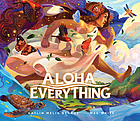 Aloha Everything (Age Focus: 4 – 8 years)
Aloha Everything (Age Focus: 4 – 8 years)
Recipient of a Kirkus Starred Review
A baby girl is born on an island in the moonlight; she and the island share a heartbeat. As she grows up, she learns to be swift like the honu (turtle) and smart like the heʻe (octopus), but the island knows that there’s more for her to learn. Through the hula, a traditional Hawaiian storytelling dance, she discovers how the islands were formed. She learns about her ancestors, who traveled to these islands in mighty canoes by navigating with the stars, and about her people’s folklore, filled with heroes, adventures, and love. Finally, Laka, the goddess of hula, descends and says, “Tell the ka‘ao with pride / On these islands we live / with our lore by our side.” The child has learned to take pride in who she is and what the word aloha means—“to give love, compassion, and honor to everyone and everything around you.” Mesmerizing, metered verse combines English and Hawaiian words for a rich tale of Hawaiian history, culture, ecology, and legends. Showing a deft use of light and shadow, the vibrant images bring the text to life, with a few wordless spreads throughout. A glossary and pronunciation guide are included, with cultural context provided for the various words.
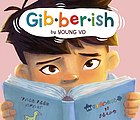 Gibberish (Age Focus: 4 – 8 years)
Gibberish (Age Focus: 4 – 8 years)
BEST OF THE YEAR:
Kirkus · Parents · Asian/Pacific American Librarians Association · Chicago Public Library · Washington Post · Evanston Public Library · Los Angeles Public Library
Poignant front pages set the scene as a tiny woman and boy set sail from a tropical land and an airplane flies from a colorful landscape into a dulling gray sky. The story thus begins in a new grayscale landscape where only Dat, an Asian-featured boy, and his mother are in full color as he heads off to school. Vo ingeniously makes everything about this new environment feel foreign and surreal: the palette, the bulbous vehicles, and especially the wacky 1940s-style cartoon figures Dat encounters who speak in unintelligible icons inside speech bubbles (and repeatedly get his name wrong). Cartoon classmates are various types of humanoid creatures—some one-eyed, some horned—with large, expressive googly eyes, while Dat is finely drawn in realistic color, his facial expressions perfectly conveying his struggles with this new culture and language. But then one of his classmates engages with him. The two realize they can communicate and share English words through drawings, and as their bond blossoms, the new friend gains pale-skinned color, realistic form, and a name: Julie. Vo’s use of color and style as metaphors is not new, but the execution is stellar, creating a viscerally uncomfortable experience while also infusing the narrative with humor throughout.
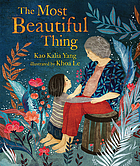 The Most Beautiful Thing (Age Focus: 4 – 8 Years)
The Most Beautiful Thing (Age Focus: 4 – 8 Years)
Recipient of a Kirkus Starred Review, Minnesota Book Award Finalist, ALA Notable Children’s Book, New York Public Library Best Book for Kids, NPR Best Book of the Year
Kalia’s grandmother holds a revered place among her Hmong family. Her origins feel almost mythic in stature as Kalia recounts how no one knows Grandma’s true age and how, as a young girl, she escaped a tiger in the jungle. Grandma is a survivor; the struggles of raising her orphaned siblings and immigrating across the world have only made her stronger. Despite a life of adversity, Grandma continues to smile through challenges. As Kalia grows older, she struggles with her family’s poverty until Grandma offers a powerful reminder of what matters most. This picture-book memoir for older readers explores perseverance, financial hardship, and the richness of family connection. Gorgeously illustrated with lush florals and foliage, these images capture both the magic and constancy of Grandma’s love. Nods to the importance of fabric in Hmong culture are represented with beautiful paj ntaub–style endpapers symbolizing family and the embroidered designs on Grandma’s clothing. She is the only character pictured in these traditional fabrics, representing her honored matriarch status and the legacy she passes along: an ability to bloom even in the toughest conditions.
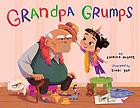 Grandpa Grumps (Age Focus: 3 – 6 years)
Grandpa Grumps (Age Focus: 3 – 6 years)
Young, bubbly Daisy eagerly awaits the arrival of her paternal grandfather from China. She’s already made a list of activities to make sure “This will be the best week ever!” When Yeh-Yeh finally arrives, Daisy notices that “Grandpa isn’t jolly”—even after she gives him a hug. “Would you like some tea?” Daisy offers. Although she arranges a full tea party complete with stuffed animals, Yeh-Yeh reacts only with a stern “Harrumph.” Undeterred, Daisy brings him one of her books to read. Yeh-Yeh attempts to communicate with Daisy, suggesting in Mandarin that she read his Chinese newspaper; misunderstanding, she takes it as a request for an art session. Yan’s cartoons have the look of modern animation; rendered in bright blended colors, they are sure to elicit giggles with their portrayals of Daisy’s failed attempts to engage her grandfather. A discouraged Daisy asks, “Mama, why is Yeh-Yeh such a grump?” Mama answers, “He shows love in other ways.” Shifting paradigms, Daisy and Yeh-Yeh finally make headway through a shared love of food (recipe appended).
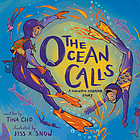 The Ocean Calls: A Haenyeo Mermaid Story (Age Focus: 5 – 8 years)
The Ocean Calls: A Haenyeo Mermaid Story (Age Focus: 5 – 8 years)
Recipient of Fall 2020 Kids’ Indie Next List, Kirkus Best Children’s Books 2020, Junior Library Guild selection, 2021-22 International School of Beijing Panda Book Award, Freeman Award Honor
On Jeju Island, at the southern end of the Korean peninsula, there lives a community of women called haenyeo who dive up to 30 meters underwater to gather shellfish. Without using any oxygen masks, the haenyeo divers harvest abalone, octopuses, and sea urchins by hand. The tradition is considered an Intangible Cultural Heritage by UNESCO, and the women who do this work are described as “indigenous marine biologists.” Many of them are over 70 years old. Dayeon understands the dangers involved with diving. “What if I can’t breathe? What if a shark comes? What if I can’t escape?” The familial determination that has been handed down along with diving skills helps her relax and reach the treasures at the bottom of the sea. The vibrant illustrations in cool, deep blue hues, punctuated by ochers and brick reds, capture the beauty of the natural world and lift the work up to near mythic proportions, befitting Dayeon’s perception that they are mermaids.
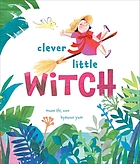 Clever Little Witch (Age Focus: 4 – 6 years)
Clever Little Witch (Age Focus: 4 – 6 years)
Little Linh has all she needs to be “the cleverest little witch on Mãi Mãi Island”: a broomstick, a “book of powerful spells,” and a “rare and magical pet” (a glowing, winged mouse). What she does not need is a baby brother. Baby brothers sneak disastrous rides on your trusty broomstick, eat your spell book, use your pets against you, and disturb your sleep. No one else seems to need or want Baby Phu either—not the troll under the bridge, not the fairy queen in the forest, and certainly not the werewolves at the Orphanage for Lost and Magical Creatures. Naturally, magic will solve the little witch’s brother problem. With her spell book partially eaten, Little Linh gamely casts spell after half-concocted spell with the intent to transform Baby Phu into a nice goldfish. The results, though, are not quite what she had hoped. Her guesswork to repair the spell goes “terribly, terribly wrong”—but it turns out that having a little brother might just prove to be a lucky thing.
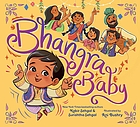 Bhangra Baby (Age Focus: 2 – 5 years)
Bhangra Baby (Age Focus: 2 – 5 years)
A toddler of South Asian descent watches the rest of the family dance bhangra, which the Sehgals describe in an authors’ note as a Punjabi folk dance. An adult notices the child imitating the dancers and invites the little one onto the dance floor to learn some traditional moves. Bhangra Baby’s brother and mother teach the youngster footwork, while the rest of the group guides the toddler in moving shoulders, hands, and legs in steps that the authors name in the backmatter. A drummer beats on the dhol, while the crowd yells out, “Balle! Balle!” (Hindi for “hooray”). By the end, the baby is an expert—albeit tired—dancer who bows triumphantly. The book’s fluorescent palette channels the energy of a bhangra dance floor, while the text provides a rhythmic tone well suited to the subject.
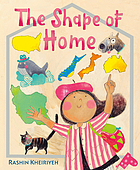 The Shape of Home (Age Focus: 3 – 7 years)
The Shape of Home (Age Focus: 3 – 7 years)
Recipient of a Kirkus Starred Review, School Library Journal Starred Review, and a Booklist Starred Review
Iranian immigrant Rashin is getting ready for her first day of school in the United States.
She begins her day with a series of cheerful shapes or memories of shapes that brought her happiness in Iran. For breakfast, her mother makes her a circular pancake shaped like a smiley face for good luck. When she walks to school in the rain, she uses an umbrella that is shaped like a cat, and she passes bicycle and car wheels shaped like circles. She starts to miss the shapes she knew from Iran, like the braided bread from the baker’s, the triangular sails of paper boats, and the heart-shaped wreaths her best friend, Azadeh, made from fresh blossoms. At school, the shape theme continues when Rashin’s new teacher, Mrs. Martin, tells them she is from Benin, which is shaped like a flashlight. Soon all the children are introducing their home countries and their shapes: Japan is shaped like a seahorse; Italy is shaped like a boot. And, of course, there’s Rashin’s own country, Iran, which she says is shaped like a cat. By the end of the day, Rashin is feeling a little better about going to school—and about calling America her home. This ebulliently illustrated, frankly told immigration story glows with good cheer and artfully balances homesickness, excitement, and fear.
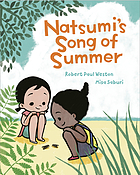 Natsumi’s Song of Summer (Age Focus: 3 – 6 years)
Natsumi’s Song of Summer (Age Focus: 3 – 6 years)
Recipient of a Kirkus Starred Review
Natsumi, a young peach-skinned girl with straight, dark hair, was born in lotus season. Her name means “the sea in summer,” and summer seems to run through her veins. She loves the heat, the outdoor activities, “the cool bursts / of plum rain, heavy and sweet.” Eye-catching illustrations, done in a seasonal palette of pinks, greens, blues, and purples, capture the flora and fauna of these few months—especially the cicadas. Natsumi is intrigued by these fleeting flyers and seeks them out when they arrive. On her birthday, her cousin Jill, a girl with brown skin and curly hair, comes on a plane to visit, and Natsumi worries whether they will be friends, whether Jill will like Natsumi’s world. Long stalks of bamboo and swaying paper lanterns intersect the page here to denote Natsumi’s anxiety. But in fact, Jill and Natsumi fit together like sun and summer, eating watermelon on the beach; dancing, kimono-clad, in a festival; and watching fireworks. But will Jill be frightened by the unfamiliar, buzzing cicadas? Their friendship unfolds page by page as they build a summer of memories together. Weston tells this sweet story in a sequence of tanka, a traditional Japanese poetic form that builds on haiku with an extra couplet. Weston explains the form in the backmatter and provides information about the cicada’s significance in Japanese culture.
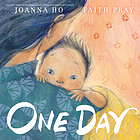 One Day (Age Focus: 3 – 5 years)
One Day (Age Focus: 3 – 5 years)
Recipient of a Kirkus Starred Review
A mother marvels at her young son.
With dark flowing hair and deep complexion, the mother lovingly cradles her sleeping baby (both are Asian-presenting). Observing the infant’s hair, she notices it “feels like / dandelion fluff against my fingers.” She hopes that the same hair will “tumble across your head” while he embarks on adventures one day. We see the little one a few years older now, wearing a pair of wings and leading a boat through foam-crested waves. Next, readers again see the smiling infant as the mother observes how his tiny feet “feel like warm rolls / wrapped in the palms of my hands.” The next scene depicts the boy as a toddler tentatively testing the waters on a beach as the mother advises him to “Take your time, sweet boy. / Your courage will be born through fear.” In another scene, the mother tells the hiking boy to “break through vines that bind old growth” and to remember “Your heart is a compass.” Brimming with parental affection and whimsy, the narrative continues in the same vein. The mother’s gentle observations of the boy’s different traits are followed by her hopes and dreams for his future.
All titles are available through the Debra S Fish Early Childhood Resource Library, a branch of the St. Paul Public Library. The titles highlighted here are just a tiny smattering of the countries and people groups that are celebrated during this month. If you’d like more title recommendations, our librarian would be happy to help! Please contact Jennie at librarian@thinksmall.org
By Jennie Walker Knoot
